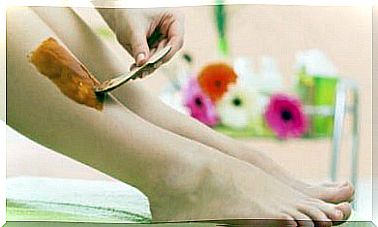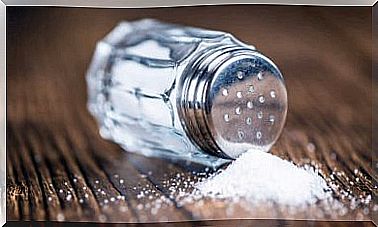Benign Prostatic Hyperplasia: Symptoms And Treatment
Benign prostatic hyperplasia mainly affects men over the age of 60. However, in rare cases, it can appear before the age of 40. With proper treatment, its complications can be avoided.

Benign prostatic hyperplasia is a condition that occurs frequently as men age. It is more commonly known as “prostate enlargement”. This condition causes bothersome symptoms and can lead to urinary and kidney problems.
The prostate is a small gland located below the bladder and in front of the rectum. It is part of the male reproductive system and produces fluid that combines with semen. With age, she undergoes changes that can lead to benign prostatic hyperplasia.
It is estimated that only 10% of 30-year-old men have an enlarged prostate. Between the ages of 40 and 60, the percentage begins to rise. By age 60, it is thought that about half of men have a larger prostate. Finally, at age 85, 90% of men have this condition.
What is benign prostatic hyperplasia?

Benign prostatic hyperplasia is an increase in the volume of the prostate gland, which is non-cancerous. When we are born, the prostate is very small. At the time of puberty, when testosterone levels rise, this gland begins to grow.
At 20, the prostate is twice the size it was when it was born. Over the next two decades, the prostate grows at a much slower rate and very rarely causes problems. At age 40, a second volume increase process takes place ; it is at this point that, in the majority of cases, difficulties arise.
Benign prostatic hyperplasia is more common in men over 50. As the prostate gets bigger, compression begins to build on the urethra. This eventually leads to an obstruction in the urine flow.
Characteristics
The compressed urethra and the associated obstruction in the flow of urine make it very difficult to pass urine completely during urination. As a result, some of the urine ends up stagnating in the bladder. Over time, this can lead to infections in the urinary tract or lead to the formation of bladder stones.
Science does not know the exact reasons for benign prostatic hyperplasia. Nevertheless, it is believed that this phenomenon is due to changes caused by male hormones, in particular a hormone called “dihydrotestosterone” which is associated with testosterone.
The main risk factor is aging. Moreover, this problem is more common in those who have a family history of this disease. Studies indicate that those with diabetes or heart disease are more likely to develop an enlarged prostate, as are those who are obese and sedentary.
Symptoms of benign prostatic hyperplasia

The symptoms of benign prostatic hyperplasia can be very bothersome. The most characteristic is intermittent urination. There is no force when expelling urine and the jet is very weak. In addition, it is common for the person to feel pain or a sense of urgency to evacuate, which is called dysuria.
It is common to see an increase in nighttime urinary frequency, which is called nocturia. Also, it is usual to have trouble starting to urinate and to feel like you haven’t emptied your bladder after urinating. In some cases, there is loss of urine control or incontinence.
Symptoms can vary from man to man and do not always present in a severe way. Difficulty emptying your bladder completely leads to infections or stones. Without treatment, it can lead to kidney failure.
Treatment
There is currently a wide variety of treatments available to correct benign prostatic hyperplasia. The most common is pharmacological treatment, with alpha blockers or 5-alpha reductase inhibitors. They are sometimes used in combination or also include tadalafyl.
In the most severe cases, the treatment chosen is surgery. In general, one of the following methods is employed:
- Transurethral resection of the prostate.
- Transurethral incision of the prostate.
- Microwave transurethral therapy.
- Transurethral ablation with a needle.
- Laser therapy.
- Prostate and urethral lift (PUL).
- Embolization.
- Open or robot-assisted prostatectomy.
Regarding alternative treatments with plants, there are no conclusive results. It is recommended to adopt a lifestyle with low consumption of caffeine and alcohol, as well as a healthy diet, frequent exercise and try to maintain a warm body temperature.









